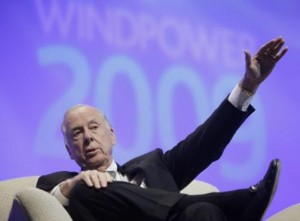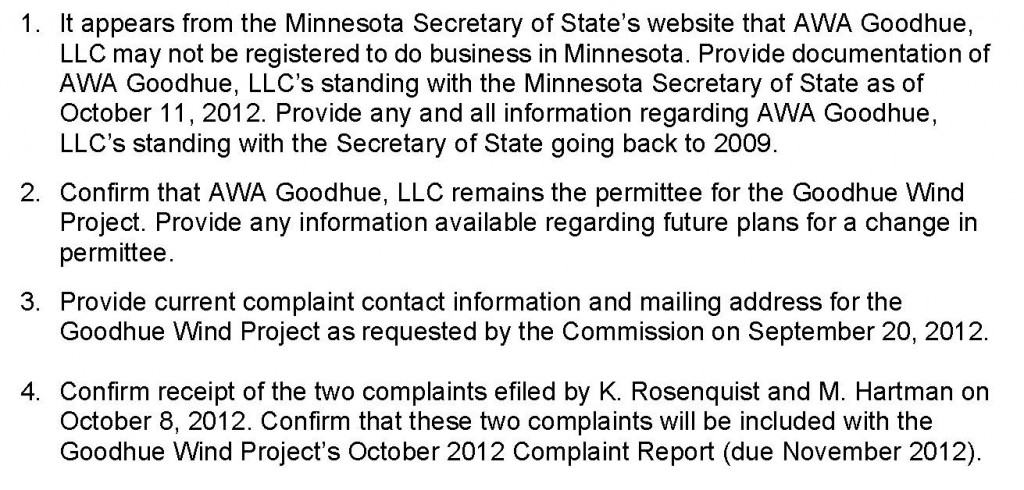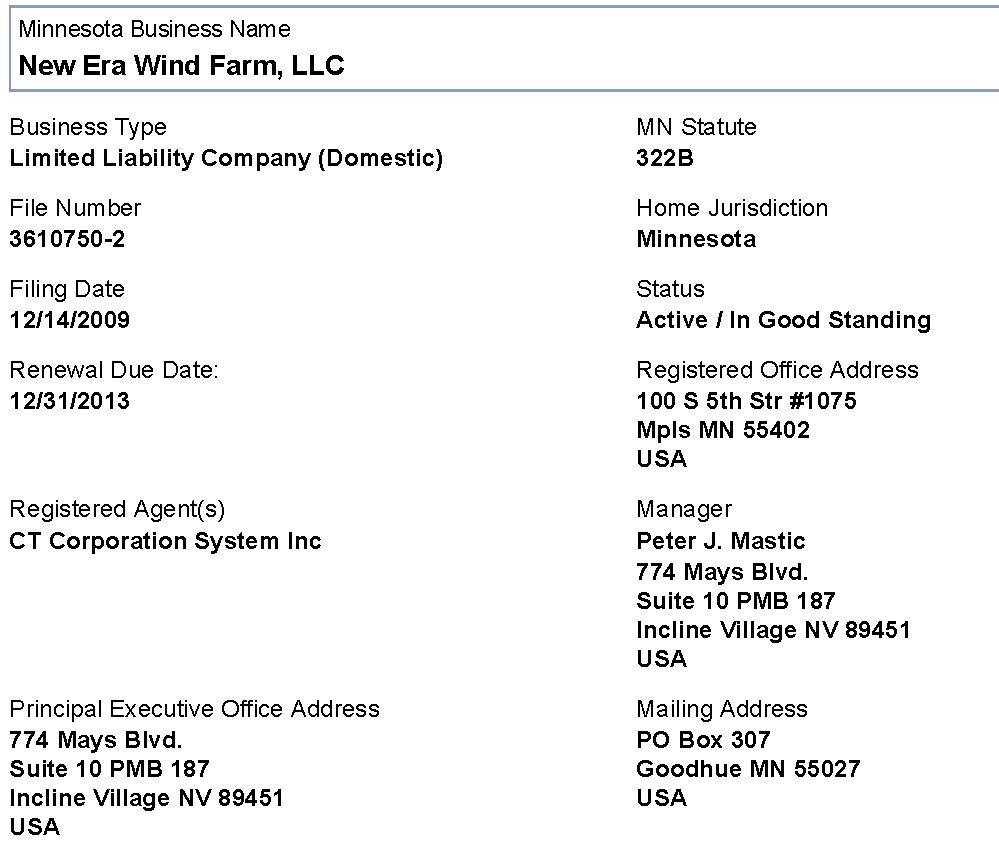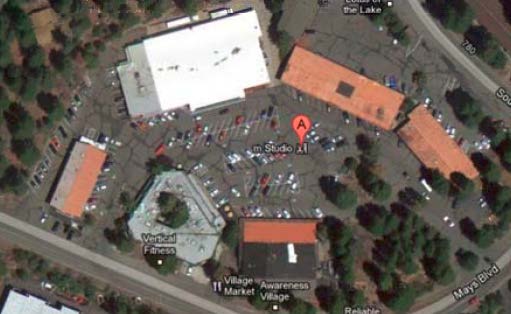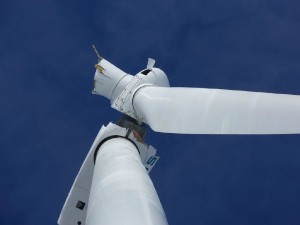Goodhue Wind Truth’s Complaint filed
November 13th, 2012
Today, Goodhue Wind Truth’s Complaint to the PUC about the Goodhue Wind Project f/k/a __________ (I forget… so many names…). It took a while, it took some digging, and here it is:
The short version? Revoke the permit. Check out the exhibits backing up the narrative.
Peter Mastic’s New Office!
October 14th, 2012
It’s been a busy couple of weeks in wind in Goodhue County.
It’s all about whether there is indeed anything more than vaporware to the Goodhue Wind Project. And there’s also that pesky little Community Based Energy Development statute, and whether this project is a C-BED project.
T. Boone Pickens has waved goodbye to the Goodhue Wind Project.
And in the STrib, some interesting details:
T. Boone Pickens departs state wind project
But before the Pickens announcement, we got word that December of 2011, LAST YEAR, National Wind was sold to Trishe Wind, a company in India. Then we learn that Trishe Wind doesn’t want to take on the Goodhue Wind project! Check the “Portfolio of Projects” on their site. Posted September 26, 2012, reporting a December 2011 sale:
National Wind Acquired by Trishe Wind Energy
Minneapolis, MN – September 26, 2012: National Wind LLC has been acquired by Trishe Wind Energy Inc. Trishe Wind Energy is part of Trishe Energy Group, founded in India. Trishe Energy Group is an international developer of wind energy with over 4000 MW of wind projects completed or under development in the U.S. and India. For additional information go to www.trishe.com.
Under its new ownership, National Wind—A Trishe Group Company continues to develop community-partnered wind projects in the U.S. Since the beginning of 2012, National Wind has added five members to its Minneapolis-based workforce. For additional information go to www.nationalwind.com.
The development agreement between National Wind and the American Wind Alliance (the equity owners of AWA Goodhue) with respect to the Goodhue project has been terminated as of the end of August 2012.
Which was followed up by an Information Request from Tricia DeBleekere:
SNORT! Let’s see them answer that!
And Mastic sent in another Compliance Filing that must have crossed in the mail with the PUC’s IR like two ships passing in the night:
The Secretary of State reports that a New Era Wind Farm LLC was born on December 14, 2009, and was amended October 8th and 10th, 2012.
CT Corporation System, at 100 So. 5th Str #1075, Mpls, is one of those mail-order incorporators that provide a “Registered Office Address” for service in Minnesota. Note the mailing address!
Keep wind revenue in the state!
December 30th, 2011
Wind in Minnesota is like a Suzlon turbine (above). If we’re subsidizing Minnesota wind projects, siting without regard for impacts on neighbors and community, putting them up without environmental review and giving them perks for being “locally grown,” and the profits are funneled to T. Boone Pickens in Texas who already has more than enough money, what is the point??? That’s NOT the kind of project we should be promoting.
In the STrib today, one Commentary from elected Representatives and a Senator from the area of a wind project… and one from a “wind industry trade group.”
If you click on the articles, you can go to STrib site and leave comments.
As Alan just said, it’s hard to argue with what these guys said (and believe me, there ARE things we DO argue with them about). Kudos to our elected officials, very well done:
The bounties of renewable energy need to stay at home
Article by: TIM KELLY, STEVE DRAZKOWSKI and JOHN HOWE
Updated: December 29, 2011 – 8:15 PMInstead of contributing to the community, the project is tearing it apart.
However, the private contract conceals the added costs, since it’s considered “trade secret” information.
Problems arise when out-of-state investors take advantage of the lack of transparency in existing statutes, which permit wind developers and utilities to charge higher rates for locally owned renewable energy.
This is precisely what’s happening in Goodhue County.
Although the Goodhue County project may have initially qualified as a C-BED project, it has dramatically changed since it began in 2008.
Today, it may fail to fulfill the C-BED criteria, and unfortunately, the Minnesota Public Utilities Commission has turned a blind eye.
C-BED law dictates that no single qualifying owner can own more than 15 percent of a C-BED wind energy project. The Goodhue project began small and locally owned but transformed into a large wind development plan.
Instead of the financial benefits of this renewable-energy project staying in Goodhue County, they’ll likely be sent to a billionaire with a Texas address.
We have requested a Public Utilities Commission investigative hearing into the C-BED eligibility of the Goodhue project. In addition, we encourage our House and Senate colleagues to join us in calling for an examination of C-BED statutes through a legislative hearing.
Our intentions are not to attack wind energy. We aim to ensure public trust in the renewable-energy industry. C-BED must bring value in an accountable and transparent way.
As renewable-energy projects evolve, they must be reevaluated to ensure that they still meet the requirements of a C-BED project.
We have a duty to protect our citizens from out-of-state corporations taking advantage of local resources. Doing so will ensure that the additional dollars paid by Minnesota ratepayers for C-BED energy will remain in our communities.
State and local officials must work together to guarantee that only projects that are truly community-based and community-supported move forward with a C-BED status.
* * *
Tim Kelly, R-Red Wing, and Steve Drazkowski, R-Mazeppa, are members of the Minnesota House. John Howe, R-Red Wing, is a member of the Minnesota Senate.
And then there’s one from Beth Soholt, wind industry trade group “Wind on the Wires,” spin off of the Izaak Walton League, and holder of one of the jobs created by wind:
What is wind energy worth to Minnesotans?
Article by: BETH SOHOLT
Updated: December 29, 2011 – 8:22 PMThe community benefits are evident, and the subsidies are reasonable.
An expanded tax base allows counties to invest in parks, roads and other community projects.
In Worthington, Nancy Vaske, the general manager of the AmericInn, a landowner in the Nobles Wind Project, emphasized in a statement to Wind on the Wires (an industry trade group) the benefit her community received:
“We had many [project] employees staying at our property the entire time. All the other motels were very busy as well. All of the workers used our local restaurants, and shopped at all our stores,” she said. Worthington and surrounding communities have seen a boom in recent years due to the wind industry.
As for the energy produced, Vaske continued: “The claim that none of the wind towers will benefit the local people is not true. We will all benefit because this is helping all of us not depend on other counties for our energy needs. When I see my tower turning I think not of personal gain but of the energy we are not depending on someone else for.”
Minnesota has been a leader in wind energy development since the early 1990s.
This leadership has yielded a commitment from wind developers, manufacturers and construction companies to locate and expand their businesses in and around the state. Mortenson Construction, a Minnesota-based company, is a national leader in wind farm construction.
At a time when the state is doing all it can to attract good-paying jobs, would you have these companies take their business elsewhere?
On the matter of subsidies, readers should know that the results-based Production Tax Credit is only a fraction of the subsidy that other forms of energy production have been receiving for decades.
Businesses need a certain level of certainty in order to grow and hire. The federal government has provided such certainty to oil and gas companies for decades with permanent subsidies through the tax code. We’d like to level the playing field.
A recent study, “What Would Jefferson Do?” by DBL Investors, states that the current incentives for renewable energy “do not constitute an over-subsidized outlier when compared to the historical norm for emerging sources of energy. For example … the federal commitment to [oil and gas] was five times greater than the federal commitment to renewables during the first 15 years of each [incentive’s] life, and it was more than 10 times greater for nuclear.”
Over the last decade, the wind industry has added thousands of jobs. With an extension of the tax credit, it is poised to create or save 54,000 jobs in the next four years.
Furthermore, a new study by Navigant Consulting finds that if Congress allows the tax credit to expire, major job losses will be immediate.
This not only threatens nearly 100,000 jobs the wind industry will otherwise have in the near term, but also the 500,000 jobs the Bush administration found would result if wind produced 20 percent of America’s electricity by 2030, which the industry is on track to achieve.
The Navigant study also concludes that the tax credit extension would cost about $13.6 billion but would result in approximately $25.6 billion in investment and tax revenue.
The bottom line is that wind energy in Minnesota is sound business and smart policy. It’s good for consumers.
* * *
Kenyon Wind Project permit expired…
February 27th, 2011
The Kenyon Wind Project, the vaporware project that was the first “C-BED” project to come out the chute, the one with no turbines, no Power Purchase Agreement, nothing that makes a project a project, the Public Utilities Commission took it off life support, and despite the Motion for Reconsideration to let it linger on, the PUC did not take up the Motion for Reconsideration, and instead let it die.
This is a project that was granted a permit in 2007, but just couldn’t get it up!
For the full PUC page, GO HERE and search for 06-1445.


